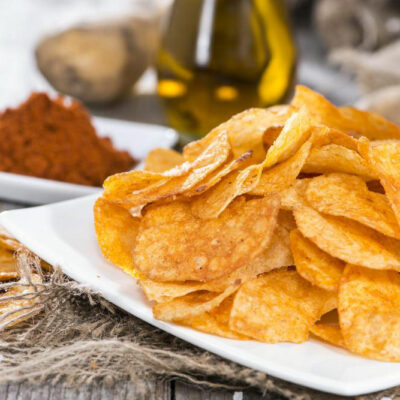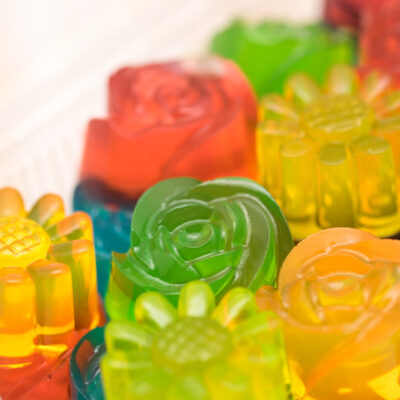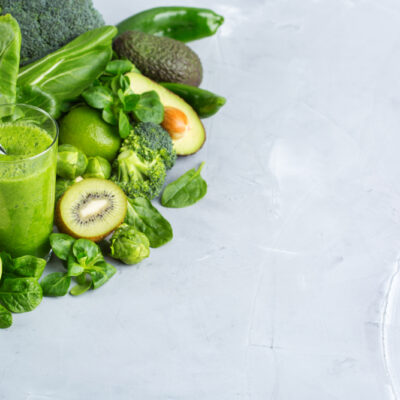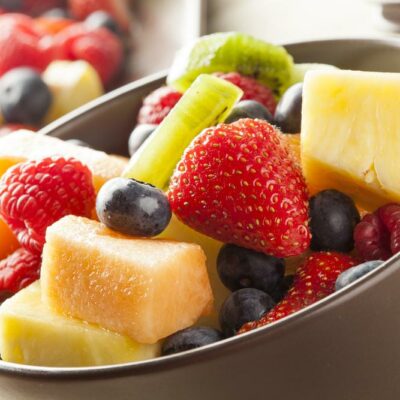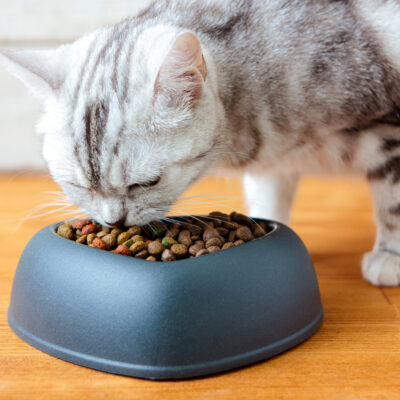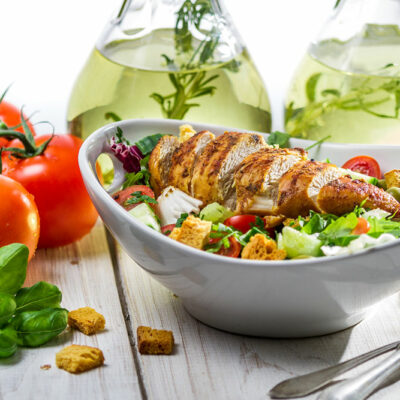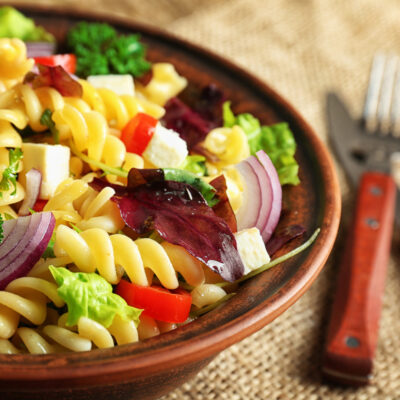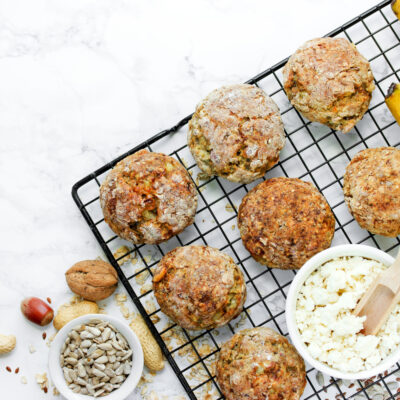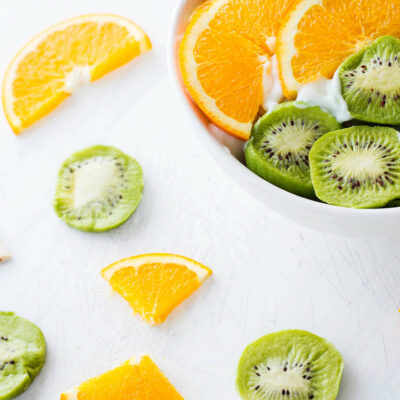
Food
Top foods that trigger eczema
Eczema is referred to as a group of conditions that affect the skin. The skin feels itchy and rough and blisters appear on it; it also becomes red and swollen. Atopic dermatitis is the most common type that affects both children and adults. It can affect any part of the body. While children grow out of it, many adults have to live with it and learn to manage the symptoms all their lives. Heredity, environment factors, allergens are the main causes of atopic dermatitis. Those affected by atopic dermatitis have a risk of developing asthma and hay fever. There is no cure for eczema as yet, and the goal of treatment is to control and manage the symptoms. Typical treatment would include some antifungal, anti-inflammatory medication, moisturizing creams. Changes in eating habits and avoiding food that could potentially trigger eczema and including those foods are beneficial are key for managing eczema. 1. The relation between food and eczema Many are intolerant to some food items where their body is not able to digest some food resulting in stomach, pain, and gas or bloating. For those with food allergies, once they eat a particular food item, the body triggers an immune system, which affects their organs and leads to many symptoms, some of which could be life-threatening.
Read More 